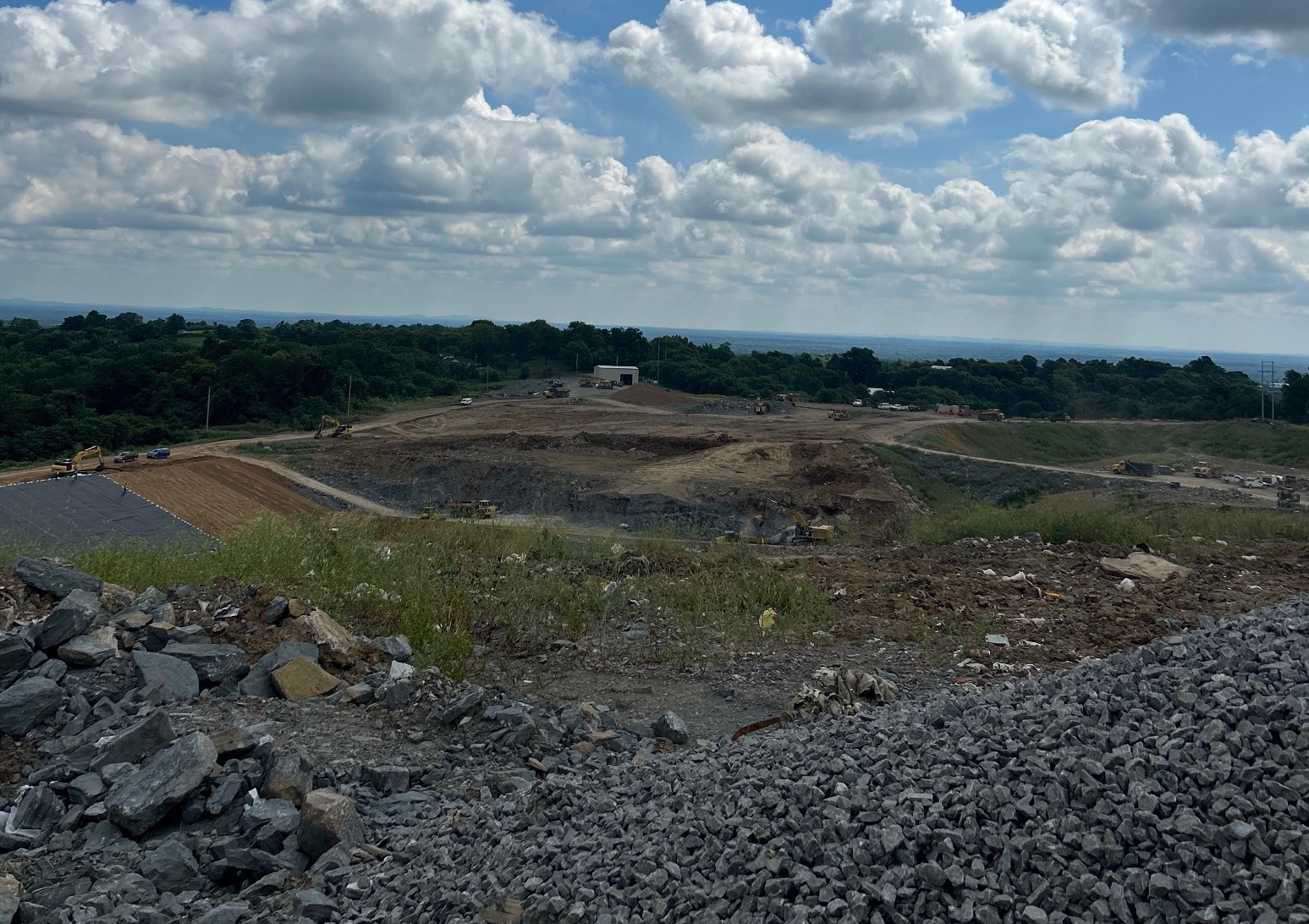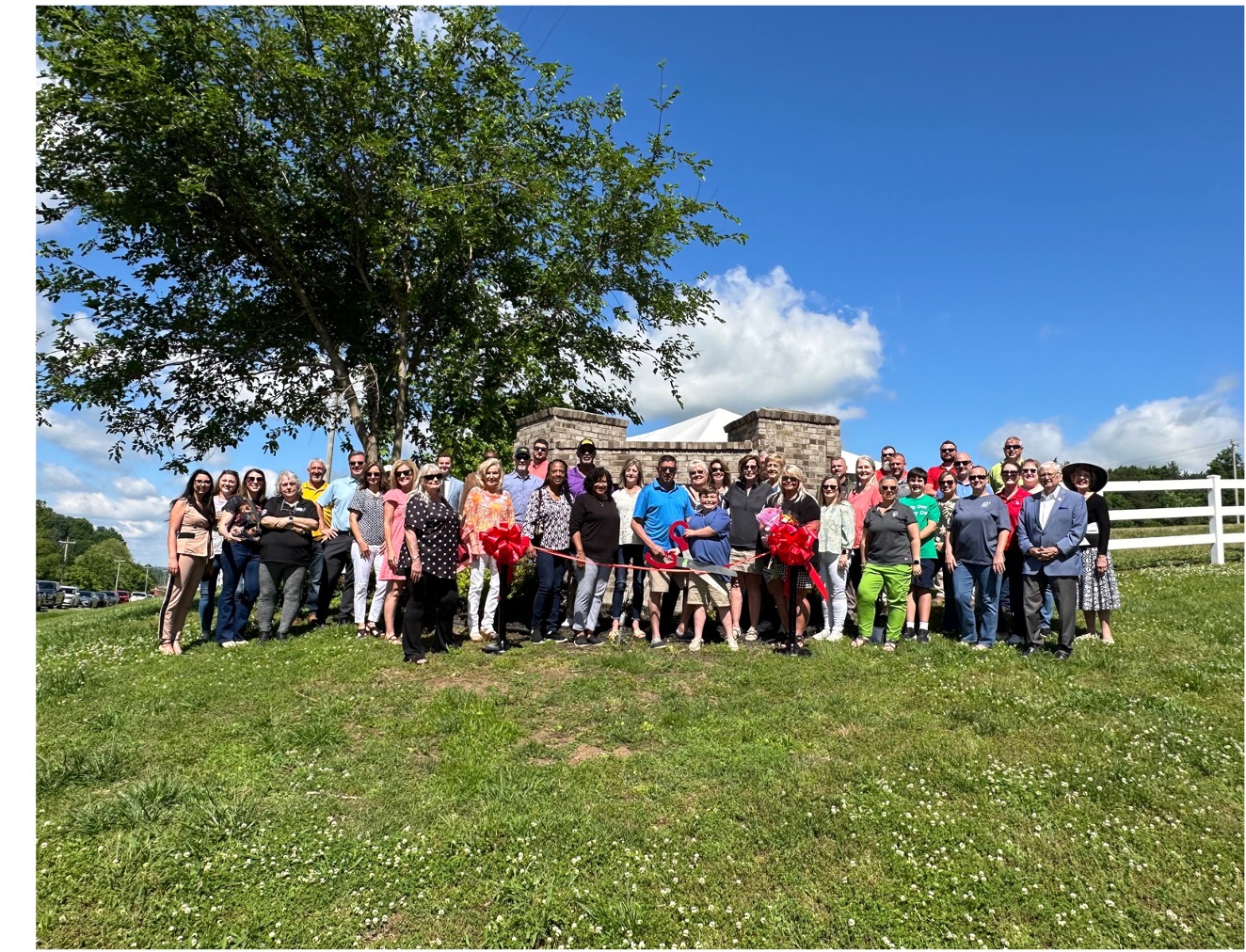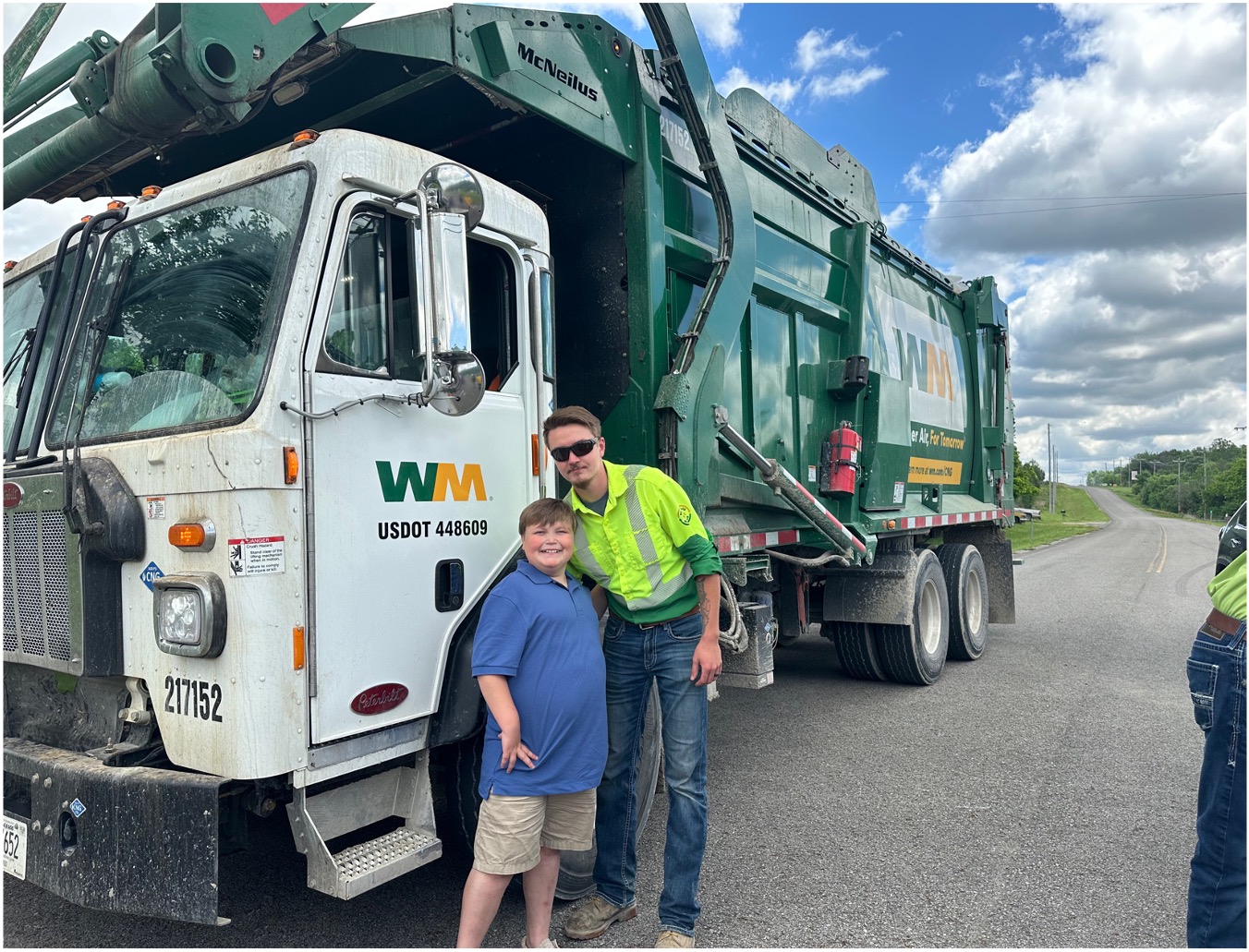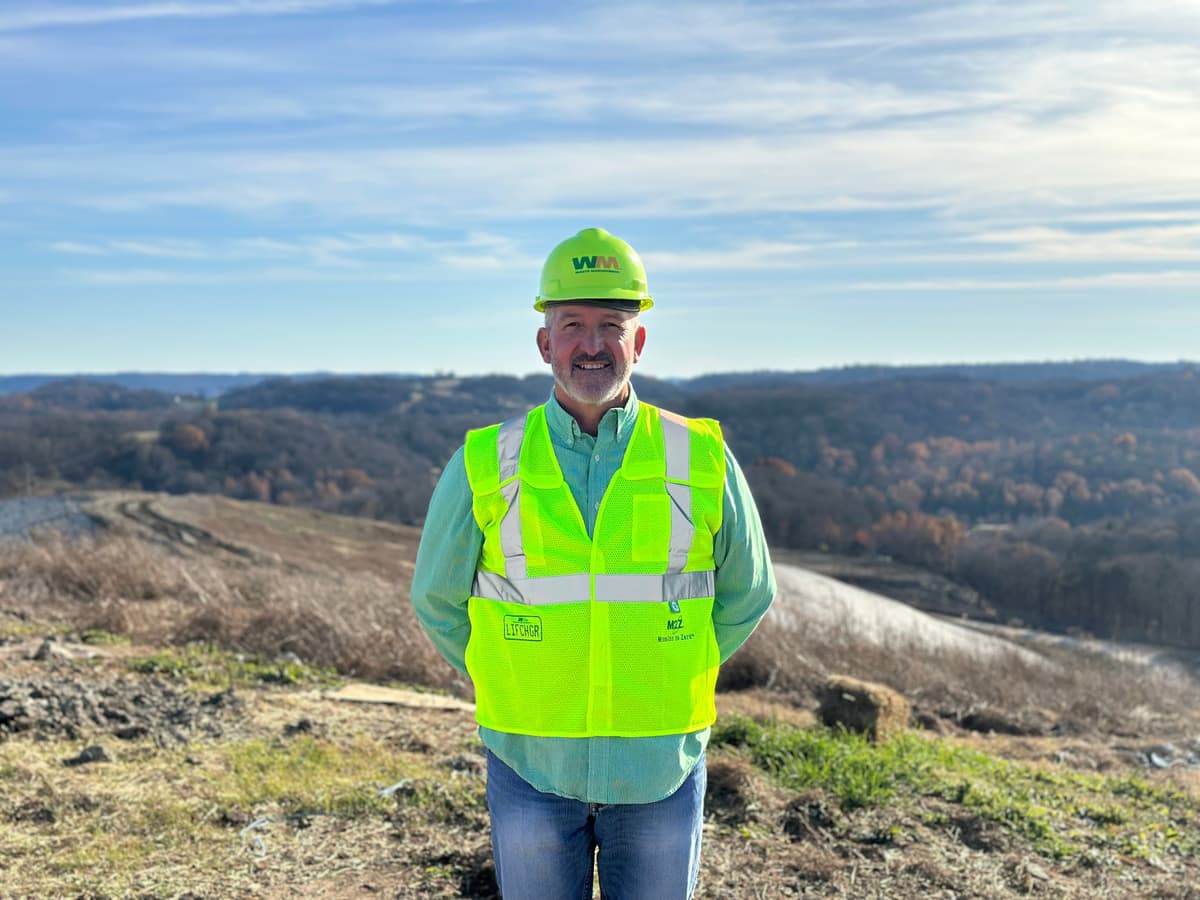As North America’s largest provider of sustainability and environmental solutions, we’ve enabled sustainability progress for businesses and cities across the country for decades.
Now, our industry-leading sustainability vision will drive transformative impact for our customers and the communities where we live and work. Leveraging our infrastructure, world-class operations, and expertise, we’re focusing our strategy on three bold ambitions: materials are repurposed, energy is renewable, and communities are thriving.
To achieve these ambitions: We’re evolving waste and recycling solutions to expand the reuse of materials, giving new life to things we no longer use, and lessening our collective footprint. We’re making landmark investments in innovative technologies that turn waste into new forms of energy, which can be used to power our trucks and your homes. We are empowering the communities where we live and work with knowledge and resources so they can thrive within clean, resilient environments. Together, we’re reinventing what’s possible.





